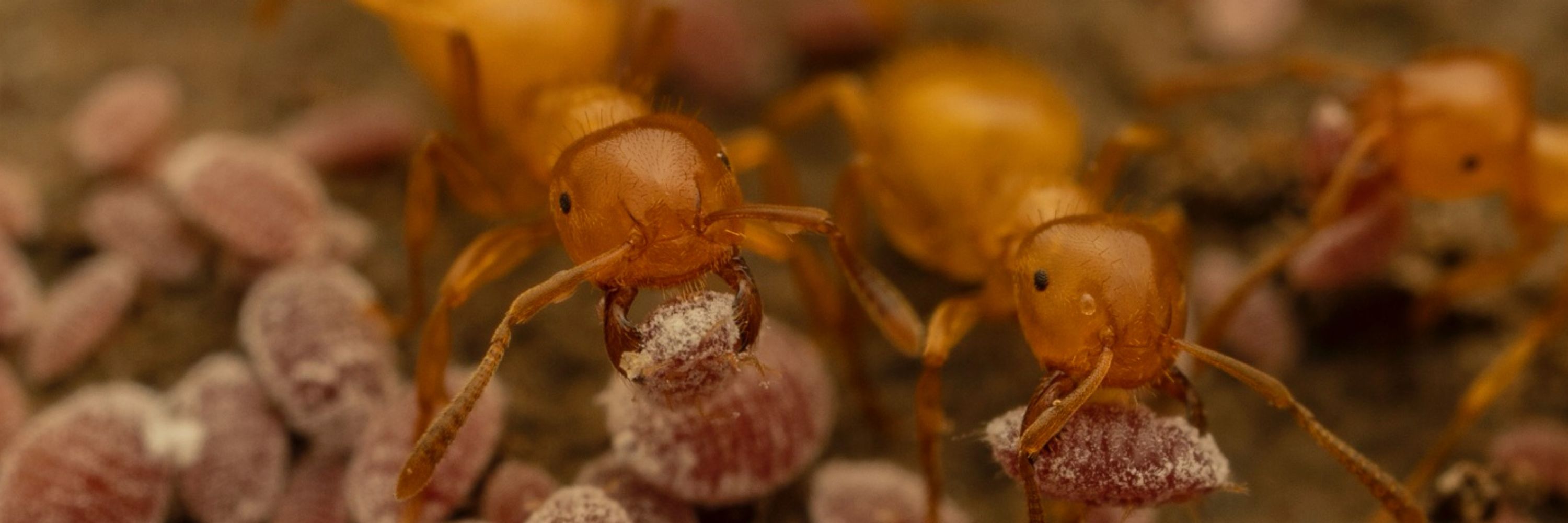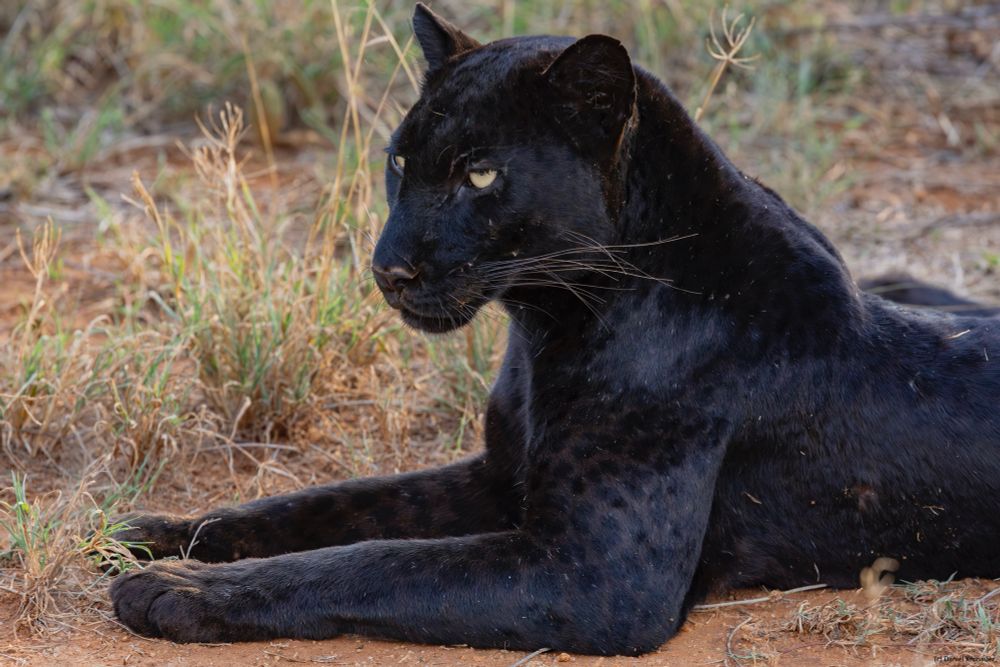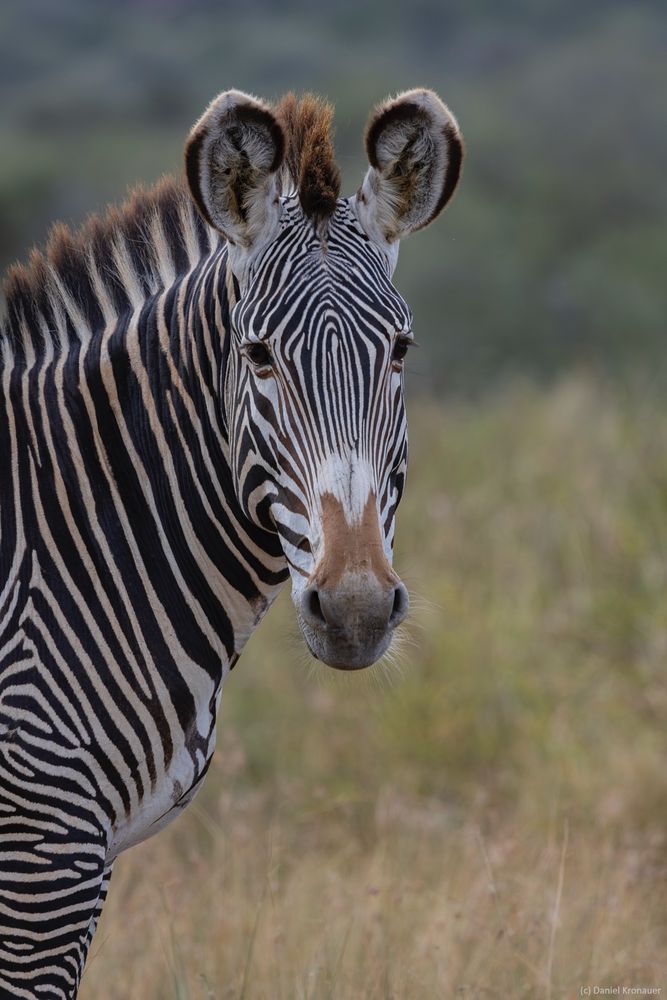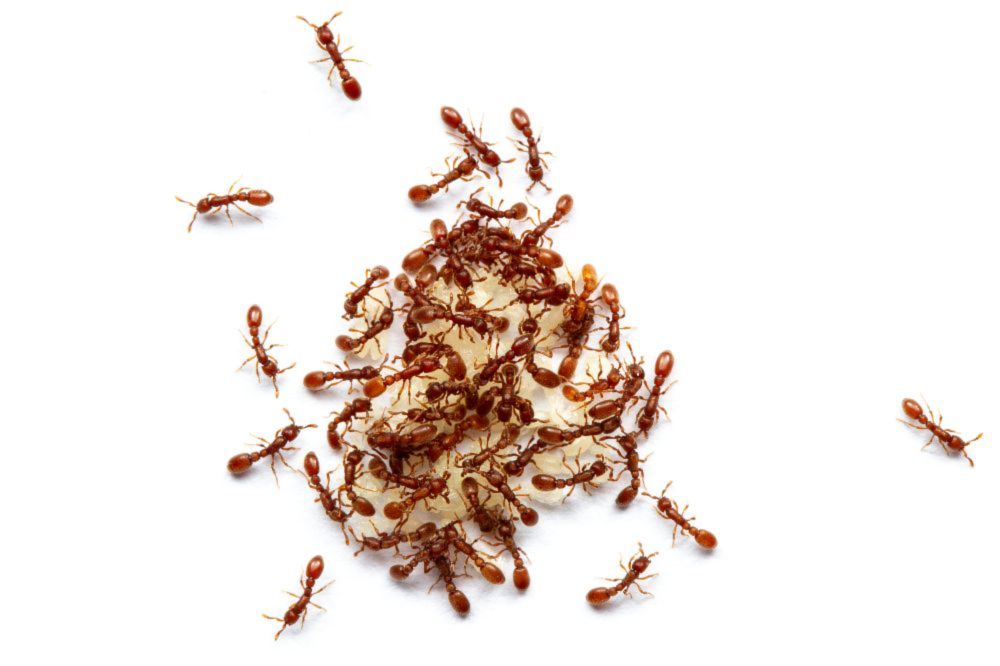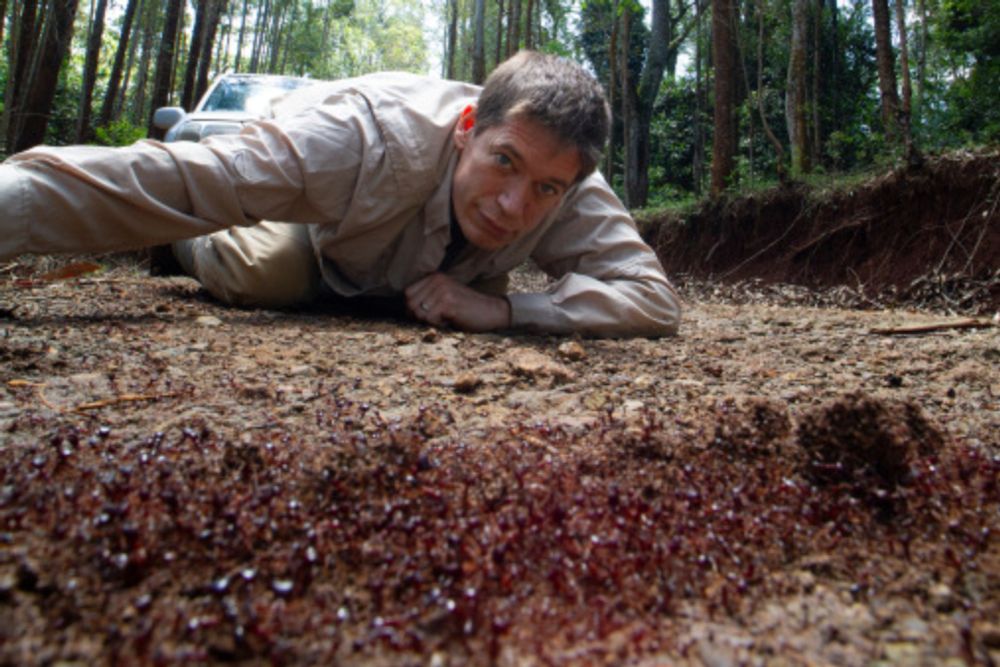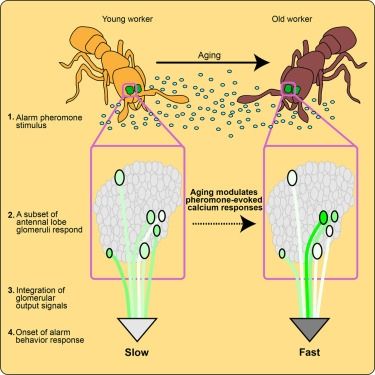Daniel Kronauer
@danielkronauer.bsky.social
1.8K followers
950 following
150 posts
PI @Rockefeller University. Investigator @HHMI. Instigator of clonal raider ant project #CRAP. 🐜 Evolution, Behavior & Neuroscience. Posts science and photography. 🧠 📸
https://www.rockefeller.edu/research/2280-kronauer-laboratory/
Posts
Media
Videos
Starter Packs
Reposted by Daniel Kronauer
Reposted by Daniel Kronauer
Reposted by Daniel Kronauer
